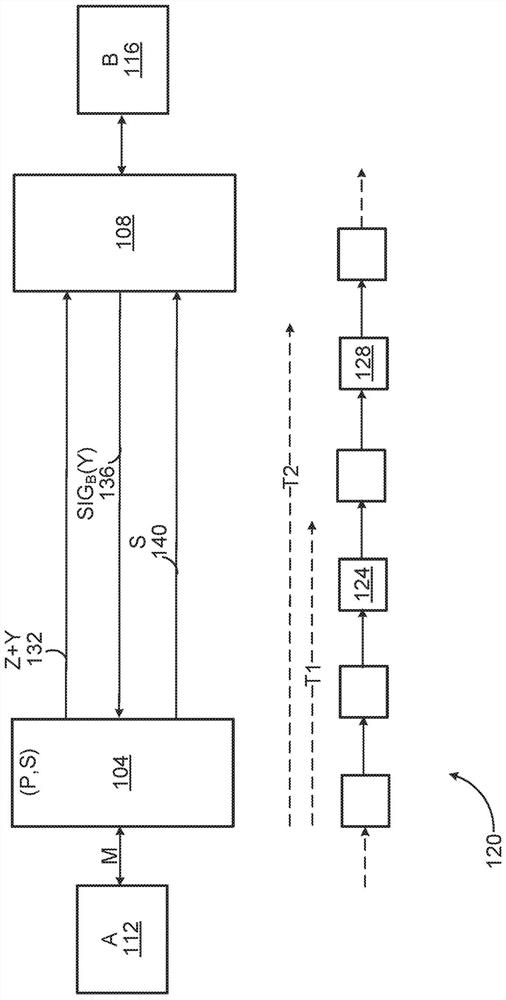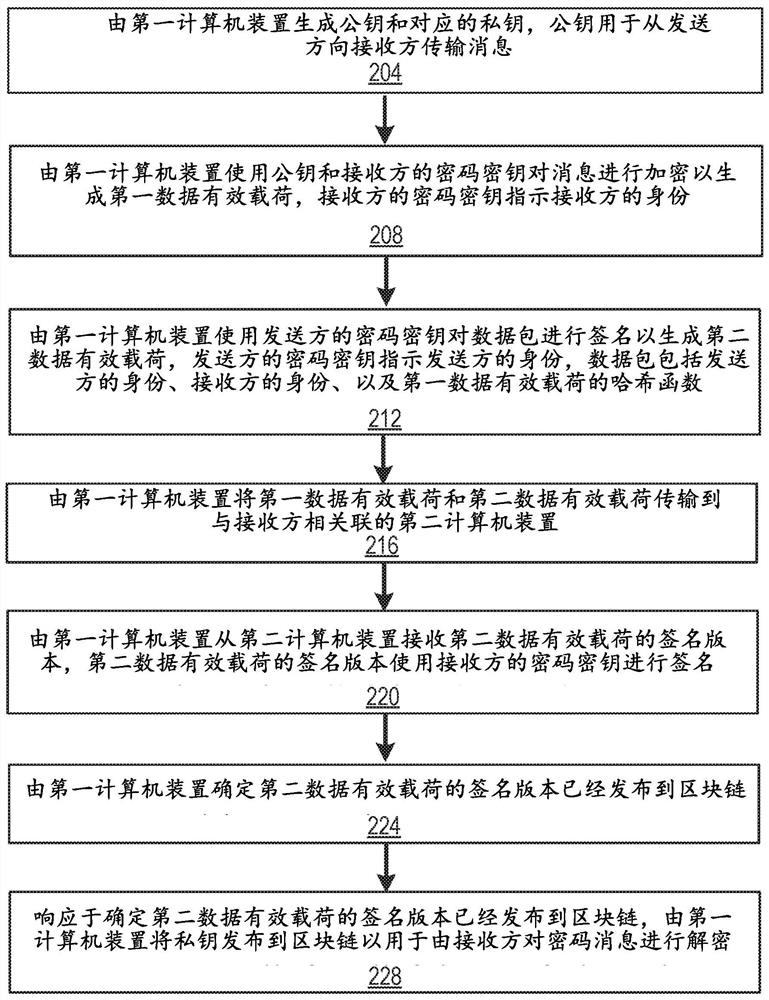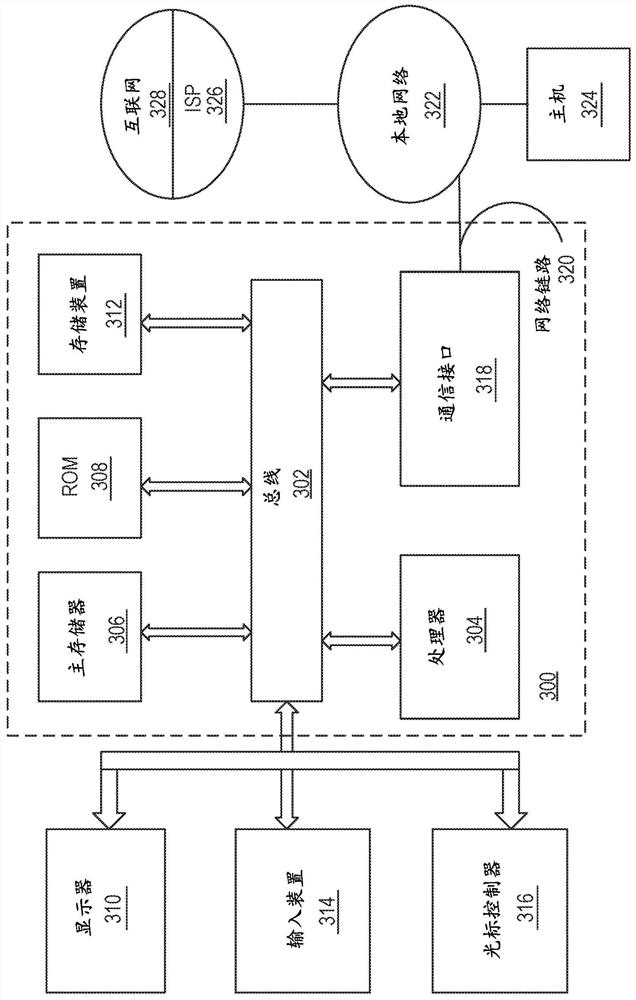Using virtual blockchain protocols to implement a fair electronic exchange
A blockchain and public key technology, applied in electrical components, user identity/authority verification, digital transmission systems, etc., can solve problems such as waste of computing resources, high operating costs, and small throughput, so as to avoid transaction costs and reduce The effect of reducing the amount of calculation and transaction cost
- Summary
- Abstract
- Description
- Claims
- Application Information
AI Technical Summary
Problems solved by technology
Method used
Image
Examples
Embodiment Construction
[0014] Trusted third parties are sometimes used to secure transactions, for example, transmitting authenticated emails, signing and delivering electronically signed contracts, or cryptographic asset transactions. However, transactions involving trusted third parties may be inefficient or expensive, as such trusted third parties may slow down transactions and demand payment for their services. In some cases, blockchain can be used to replace trusted third parties at reduced cost. However, blockchain also incurs costs in terms of processing time and monetary constraints. Embodiments disclosed herein provide a virtual blockchain protocol to implement Fair Electronic Exchange (FEE). FEE represents a set of transactions that includes authenticated email, electronic contract signing, and other implementations.
[0015] A virtual blockchain protocol is a protocol that can be used to securely complete two-party transactions in the presence of a blockchain such that blocks are not us...
PUM
 Login to View More
Login to View More Abstract
Description
Claims
Application Information
 Login to View More
Login to View More - R&D
- Intellectual Property
- Life Sciences
- Materials
- Tech Scout
- Unparalleled Data Quality
- Higher Quality Content
- 60% Fewer Hallucinations
Browse by: Latest US Patents, China's latest patents, Technical Efficacy Thesaurus, Application Domain, Technology Topic, Popular Technical Reports.
© 2025 PatSnap. All rights reserved.Legal|Privacy policy|Modern Slavery Act Transparency Statement|Sitemap|About US| Contact US: help@patsnap.com



